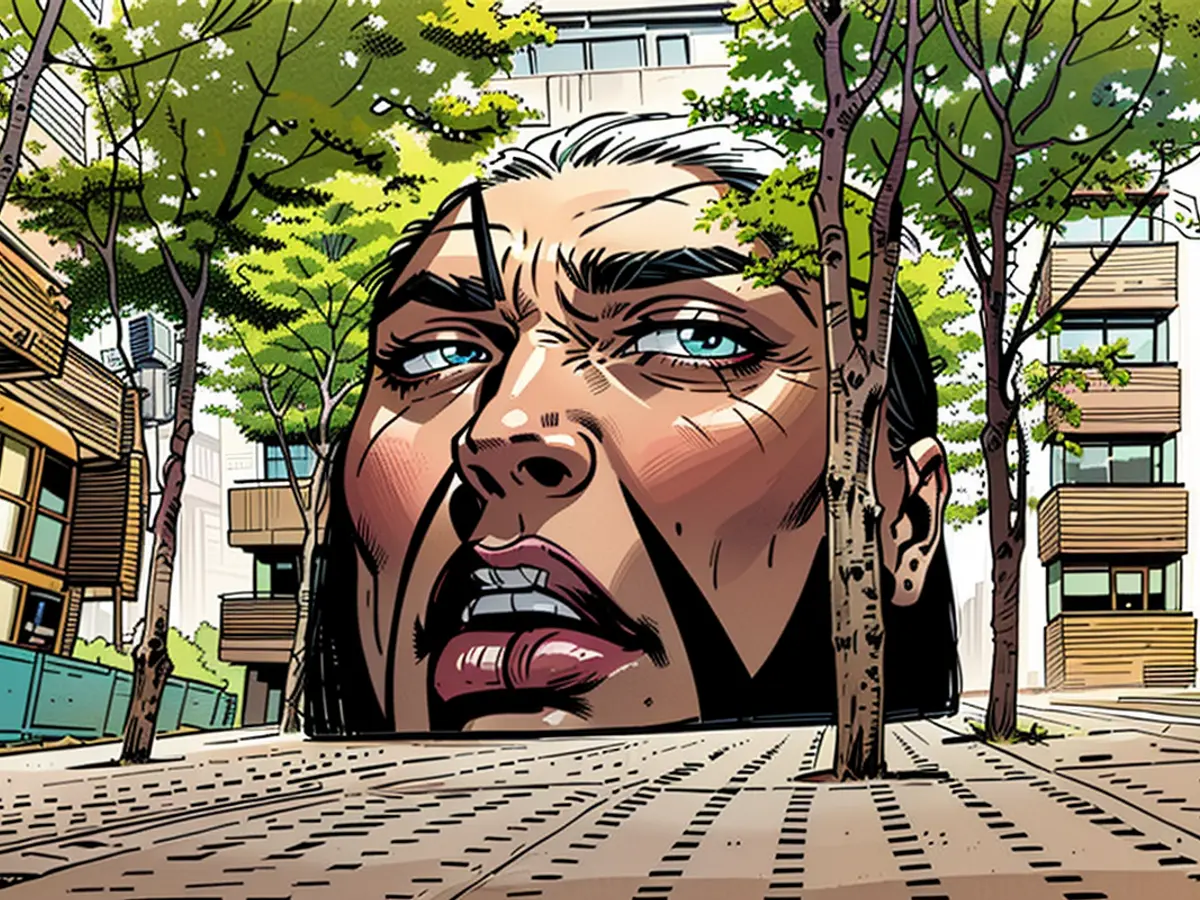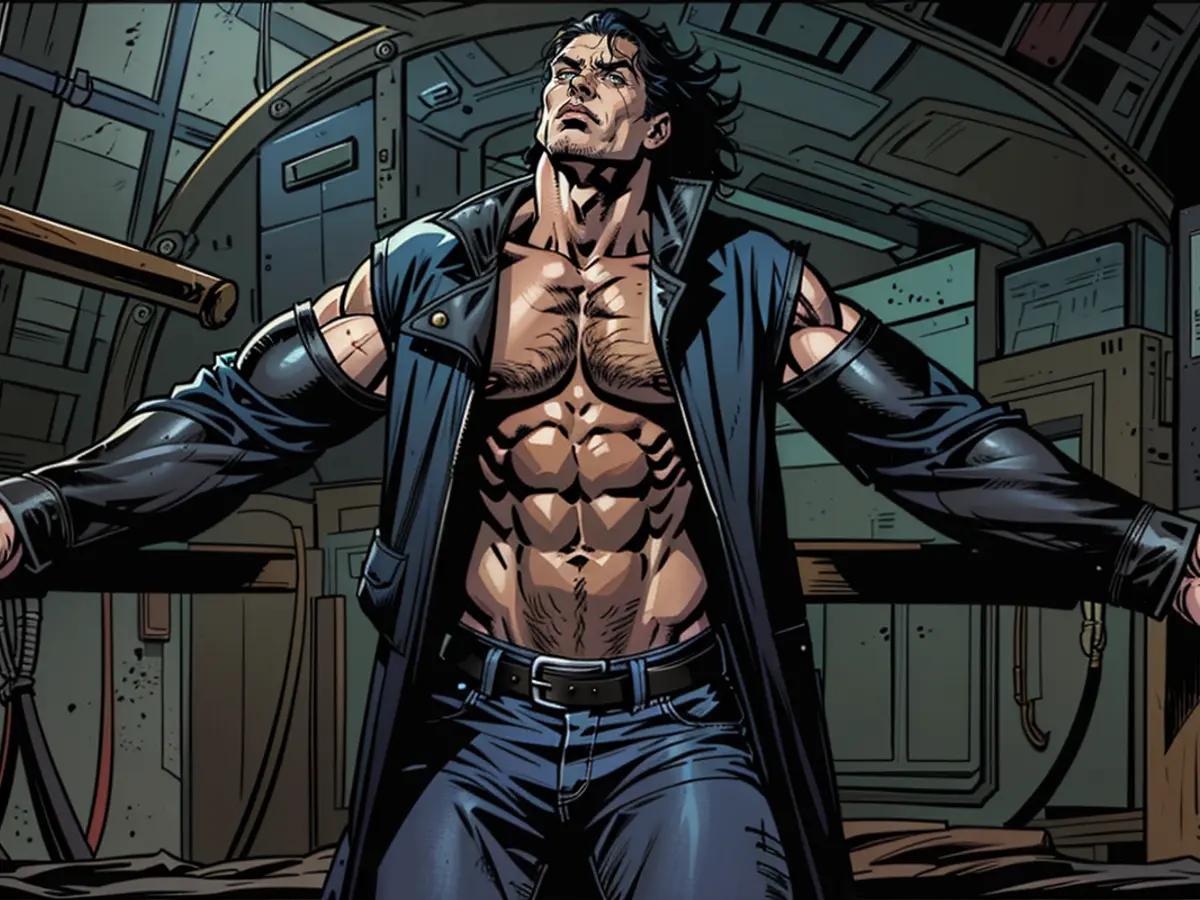- It started in London.
Famous films directed by Alfred Hitchcock were made in the USA. However, on the occasion of his 125th birthday, much in his hometown of London still reminds us of the legendary director of film classics like "Vertigo – From the Realm of the Dead", "North by Northwest", or "Psycho". Hitchcock was born in the Leytonstone district of London on August 13, 1899. Not far from there, his illustrious film career began.
Directorial debut in London's East End
Silent films from the 1920s such as "The Pleasure Garden", his directorial debut, or "The Lodger" are now known mainly to cinema experts and devoted Hitchcock fans. However, "The Lady Vanishes" from 1938 is one of the more well-known early works of Hitchcock. These films were shot in London's East End for Gainsborough Pictures, long before he was drawn to Hollywood.
Today, an apartment complex stands on the site of the former film studio, located in the Shoreditch district directly on the Regent's Canal. The word "Gainsborough" is written in large letters on the roof of the building. In the courtyard, a larger-than-life sculpture of Hitchcock's distinctive head commemorates the glorious past of the place. The title of the artwork by Antony Donaldson is "Master of Suspense".
Lonely childhood with strict upbringing
About ten kilometers away, Alfred Joseph Hitchcock was born - in a house where his parents ran a greengrocer's shop. He had an older brother eleven years his senior and a sister seven years older, but he felt like an only child, he said later. He was often lonely.
His father was distant and strict. He even arranged for a policeman to lock up little Alfred for a few minutes because he had supposedly misbehaved. His mother, on the other hand, was overprotective. Hitchcock later attributed his famous potbelly to her, saying that she often gave him food to calm him down.
Inspiration from Jack the Ripper
Today, a petrol station stands on the Leytonstone High Road where Hitchcock's birthplace once stood. A blue plaque on the wall of the sales building commemorates the film legend. In reference to his famous thriller "The Birds", the front of the house next door and the pavement are decorated with birds. A few meters further on, a sign on a somewhat dilapidated building reads "Hitchcock Place".
More traces can be found at Leytonstone tube station. The passages to the platform are adorned with various colorful mosaics. They depict moments from Hitchcock's life and iconic scenes from his films. Among them are Cary Grant as Roger Thornhill fleeing from a plane in "North by Northwest", or Janet Leigh in the iconic shower scene from "Psycho". Hitchcock gives her a directorial instruction on the mosaic. Anthony Perkins, who played Norman Bates in "Psycho", is also depicted.
Attending murder trials as a hobby
Incidentally, the London East End where "Hitch" grew up was famous and infamous for the serial killer Jack the Ripper, who is believed to have murdered several women in the east of London at the end of the 19th century. The gruesome case, which was still a hot topic of conversation in Hitchcock's youth, inspired some of his works.
Originally, young Alfred wanted to become an engineer and attended a school for engineering and navigation. However, as a teenager, he became passionate about art. He took evening classes in drawing, design, and art history. This diverse education proved useful later and shaped the distinctive visual style of the meticulous filmmaker.
He devoured novels, went to the cinema or theater as often as possible. Among his hobbies was attending murder trials at the Old Bailey and regularly visiting the Crime Museum at Scotland Yard. All of this likely greatly influenced the thrillers of the "Master of Suspense".
First job in the film business in 1920
After his father's early death at the age of 52, Alfred Hitchcock took a job at a telephone cable company at the age of 15 to support his mother financially. Due to his excellent drawing skills, he moved from sales to the advertising department. Under his nickname "Hitch", he published scary short stories in the company magazine he had founded.
He got his first job in the film business in 1920. As a title card designer, he was responsible for the opening and closing credits, as well as the text and dialogue in silent films. His employer was the American film company Famous Players–Lasky, which had a branch in London. This company later became the current Paramount Pictures Corporation, or Paramount for short.
Directorial debut in 1925 for Gainsborough
When Famous Players–Lasky withdrew from Britain, Hitchcock worked for various independent film producers who rented the studio. Gradually taking on more responsibility, he soon worked as an art director, production designer, editor, screenwriter, and assistant director. This earned him an excellent reputation in the industry and impressed studio executives and other filmmakers.
In 1925, Gainsborough Pictures finally gave him the chance to direct "The Pleasure Garden". This British-German co-production was moderately successful but demonstrated Hitchcock's talent and was an important step towards becoming one of the most significant filmmakers in history.
In the following years, he directed one film after another, often shooting at original locations in the British capital.
London as a filming location, even in Hollywood productions
Another blue plaque honoring the director can be found on the bustling Cromwell Road in the Royal Borough of Kensington and Chelsea in West London. In this typical English terraced house, Hitchcock lived from 1926 to 1939 before moving to the USA and achieving one cinematic success after another.
Alfred Hitchcock returned to his homeland several times for filming. "The Man Who Knew Too Much" (1956), a remake of his own thriller, features the most spectacular setting in the British capital. The dramatic climax, like the original from 1934, takes place in the famous Royal Albert Hall.
The United Kingdom served as the backdrop for many of Hitchcock's early films, such as "The Lady Vanishes" and "The Pleasure Garden", which were produced by Gainsborough Pictures in London's East End. Despite his later success in Hollywood, Hitchcock often returned to London for filming, even directing "The Man Who Knew Too Much" in the British capital.







